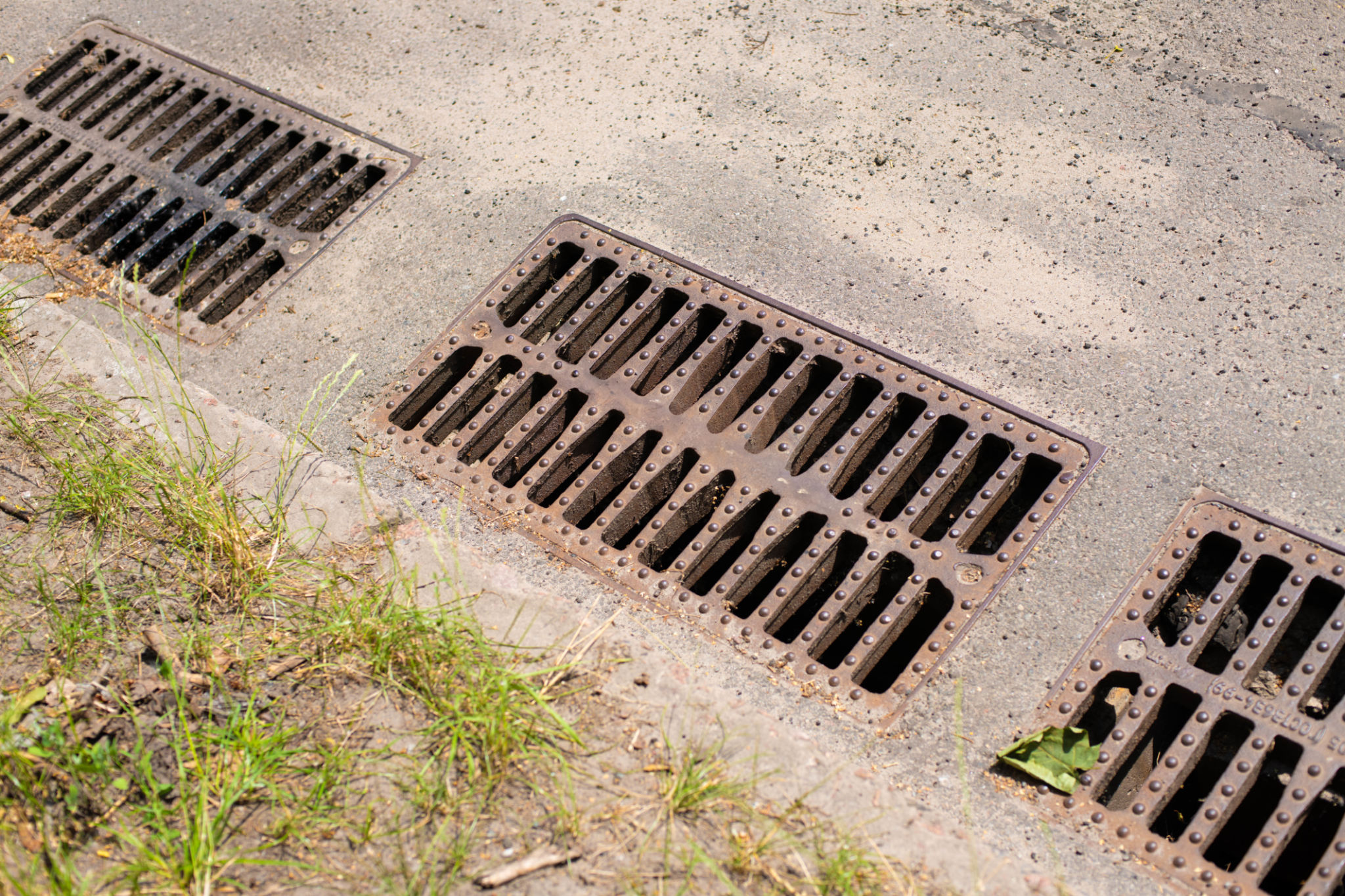Understanding the Evaluation Criteria for Bio-Swale Grants
Introduction to Bio-Swale Grants
As climate change continues to affect our environment, there is an increasing need for sustainable solutions to manage stormwater runoff effectively. Bio-swales have emerged as a popular choice for municipalities and organizations looking to improve water management and enhance green infrastructure. To support these efforts, various grants are available to fund bio-swale projects. Understanding the evaluation criteria for these grants is crucial for a successful application.

Eligibility Criteria
Before applying for a bio-swale grant, it's essential to ensure that your project meets the eligibility criteria set by the grant provider. Typically, eligibility is determined by factors such as the location of the project, the type of organization applying, and the project's alignment with the grant's goals. It's important to review these prerequisites thoroughly to avoid wasting time on ineligible applications.
Project Impact
A significant factor in the evaluation process is the potential impact of the proposed bio-swale project. Grant providers look for projects that promise substantial environmental benefits, such as reducing runoff, improving water quality, and promoting biodiversity. Applicants should clearly articulate how their project will contribute positively to the environment and community.
Technical Feasibility
Another critical criterion is the technical feasibility of the project. Evaluators assess whether the proposed design and construction plan are practical and achievable. This involves reviewing the project's engineering plans, materials used, and maintenance strategies. Demonstrating technical soundness can significantly boost your application's chances of success.

Budget and Cost-Effectiveness
The financial aspect of a bio-swale project is scrutinized closely during grant evaluations. Applicants need to provide a detailed budget outlining all projected expenses and funding sources. Grant providers favor projects that offer cost-effective solutions without compromising quality and sustainability. Thus, ensuring transparency and accuracy in your financial plans is crucial.
Community Engagement
Community involvement is often a key component of successful bio-swale projects. Grant evaluators appreciate efforts to engage local communities in planning and implementation phases. By fostering community participation, projects not only gain local support but also enhance educational outreach about sustainable practices.

Alignment with Grant Goals
Each grant has specific goals and objectives it aims to achieve through funding support. It's vital for applicants to align their project goals with those of the grant. Clearly demonstrating this alignment can strengthen your application, showing that your project is a perfect fit for the grant's intended purpose.
Conclusion
Navigating the evaluation criteria for bio-swale grants may seem daunting at first, but with careful preparation and attention to detail, applicants can significantly enhance their chances of securing funding. By understanding eligibility requirements, emphasizing project impact, ensuring technical feasibility, detailing a transparent budget, engaging communities, and aligning with grant goals, you can position your bio-swale project for success.